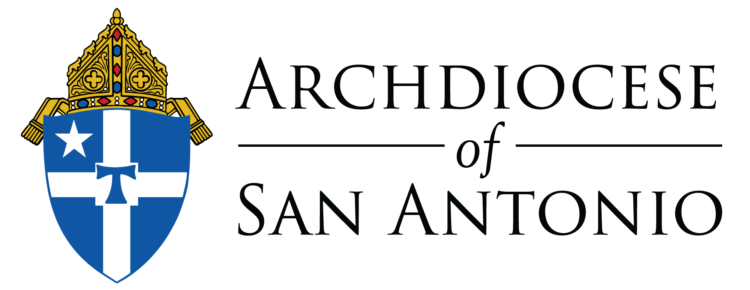Pope Francis approved a miracle on November 8 attributed to Argentine Cardinal Eduardo Pironio, paving the way for the beatification of the curial cardinal whom the pope considered a friend.
The miracle, which Francis approved, involved the healing of a 15-month old boy in 2006 in Argentina named Juan Manuel Franco who suffered from acute respiratory distress syndrome after inhaling and swallowing a toxic glitter powder that his mother was using for restoration work.
The boy was rushed to the hospital and while he was being treated in an intensive care unit, his parents prayed asking the intercession of Pironio, their city’s former bishop, using a prayer printed on a booklet with the cardinal’s biography that they had received from a local priest. The boy’s condition improved and he was discharged from the hospital less than two weeks later.
The Vatican medical board that reviewed the boy’s healing found that his “rapid, complete, and long-lasting recovery” could not be explained scientifically, according to the Dicastery for the Causes of Saints’ website.
Cardinal Pironio (1920-1998) was a bishop in Argentina when Pope Francis, then known as Jorge Mario Bergoglio, was made the Jesuit provincial in the country in 1973. Pope Francis has said that Pironio was his friend when they both lived in Argentina. The future pope even heard Pironio’s confession at one point.
“I’ve known Pironio well since he was auxiliary bishop of La Plata,” he said in a 2008 interview.
“Whenever you talked to him … he opened a panorama of holiness to you from his profound humility,” he said.
Pironio was born in the town of Nueve de Julio, northeastern Argentina, on Dec. 3, 1920. He was the youngest of 22 children in a family of Italian immigrants.
“In the history of my family there is something miraculous,” Pironio once said, according to Pope John Paul II, who recounted the story in his homily at Pironio’s funeral.
“When she gave birth to her first son,” Pironio recalled, “my mother was barely 18 years old and fell seriously ill. After her recovery, the doctors told her that she would not be able to have any more children without risking her own life. So she went to consult the auxiliary bishop of La Plata, who told her: ‘Doctors can be mistaken: put yourself in God’s hands and do your duty as a wife.’ My mother then gave birth to 21 more.”
At the age of 18, Pironio entered seminary in La Plata, the capital city of Buenos Aires Province. He studied theology in Europe and was rector of the seminary of Buenos Aires and later dean of theology at the Catholic University of Argentina. He attended the Second Vatican Council as a peritus (theological expert).
Pironio was made an auxiliary bishop of La Plata at the age of 44. He later recalled that this post was the same one held by the bishop who had blessed his mother.
“On the day of my episcopal ordination, the archbishop gave me that bishop’s pectoral cross without knowing the story behind it. When I told him that I owed my life to the owner of the cross, he wept,” he said.
Pironio went on to serve as the bishop of the dioceses of Avellaneda and Mar del Plata. He was also the president of the Latin American Episcopal Council (CELAM) from 1972 to 1975 and was known for his defense of human rights.
During the last phase of the government of Isabel Perón and the military dictatorship that followed, he received death threats and was transferred to Rome in 1975. Pope Paul VI named Pironio a cardinal in 1976.
Pironio was a member of the Roman Curia for two decades. He participated in the conclaves that elected John Paul I and John Paul II in 1978.
Pope John Paul II called on Pironio to serve as the president of the Pontifical Council for the Laity in 1984, a post he held until 1996.
In this role, he helped to launch the first World Youth Day in Rome, as well as the following World Youth Days in Buenos Aires, Santiago de Compostela, Poland, Denver, and the Philippines.
Pironio also served as prefect of the Congregation for Institutes of Consecrated Life and of Societies of Apostolic Life.
He died from bone cancer in Rome on Feb. 5, 1998, and is buried at the shrine of Our Lady of Luján in Argentina. His cause for beatification was opened on June 23, 2006.
“I thank the Lord for the privilege of the Cross. I am very happy to have suffered so much,” Pironio wrote as he battled cancer. “I am only sorry for not having endured it better and for not always having relished my cross in silence. Now at least I would like my cross to begin to shine and bear fruit.
Last year, Pope Francis confirmed a decree declaring that Pironio lived a life of heroic virtue. With the new approval of the miracle, the Argentine cardinal can now be beatified, one step away from sainthood.
Pope Francis also recognized the heroic virtue of the Italian priest Father Giuseppe Marrazzo (1917-1992) and two 20th-century women religious foundresses in the decree on Nov. 8.
Mother Maria Francesca Foresti founded a contemplative Franciscan congregation with a Eucharistic charism in 1920 under the guidance of Padre Pio.
Eliswa Vakayil, later known as Mother Eliswa of the Blessed Virgin Mary, founded the first indigenous Carmelite congregation for women in Kerala, India, in 1866.
Before entering religious life, Eliswa was married and had a daughter named Anna. After her husband suddenly fell ill and died when her daughter was 18 months old, Eliswa dedicated herself to a life of silent prayer and service. Praying before the Blessed Sacrament more than a decade later, Eliswa felt called to consecrate her life to God. Her daughter Anna and her sister felt inspired to join her and the three family members were officially received together into the Carmelite Order four years later.
With the papal recognition of their heroic virtue, Father Marrazzo, Mother Foresti, and Mother Eliswa have now been declared venerable by the Catholic Church.













